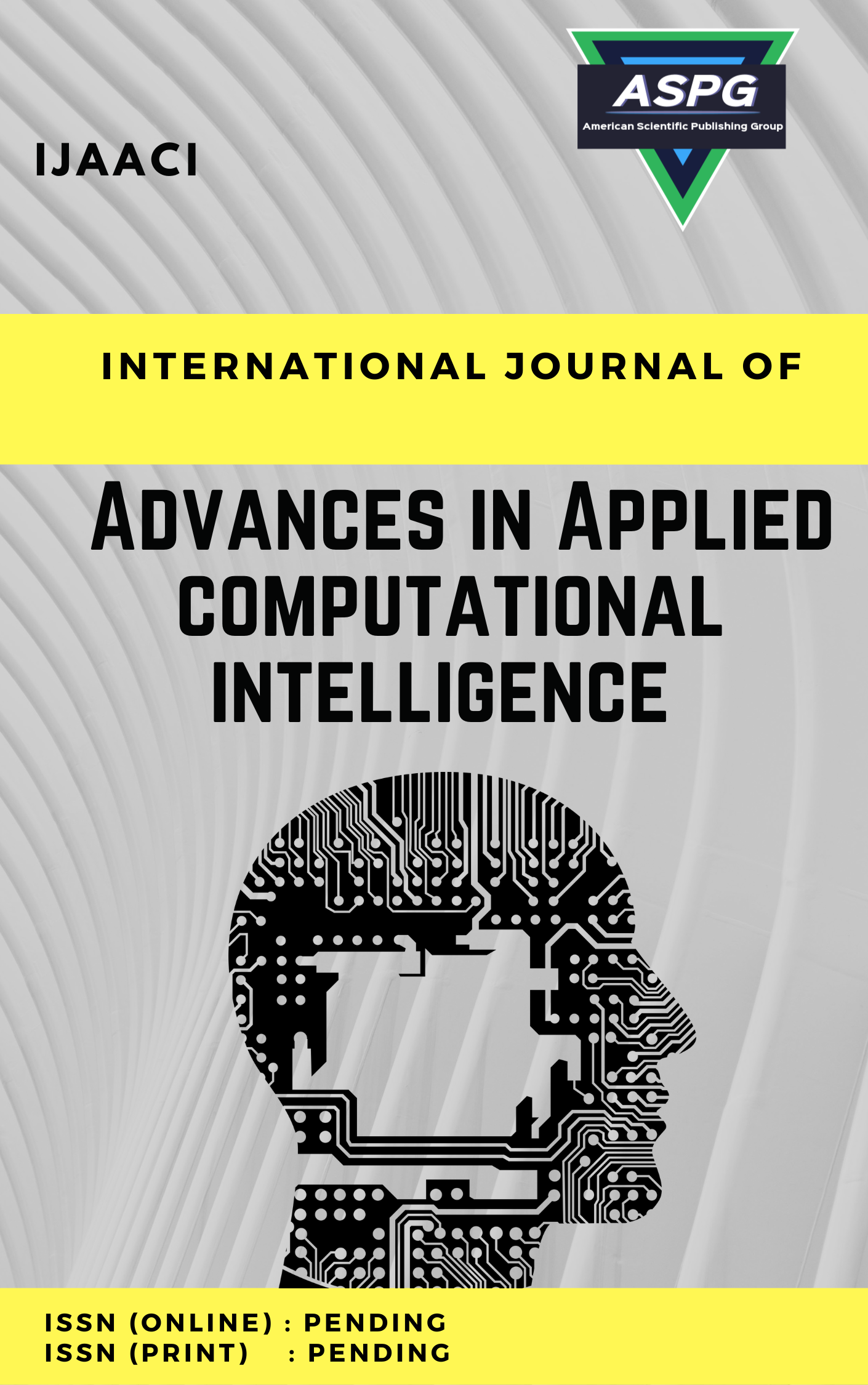

One of the biggest killers in the industrialized world is Alzheimer's disease (AD). Although computer-aided techniques have shown promising outcomes in laboratory experiments, they have yet to be used in a clinical setting. Recently, deep neural networks have gained traction, particularly for image processing tasks. There has been a dramatic increase in the number of publications written on the topic of identifying AD using deep learning since 2017. It has been observed that deep networks are more efficient than standard machine learning methods for detecting AD. It remains difficult to identify AD because distinguishing between comparable brain signals during categorization needs an extremely discriminative depiction of features. This paper proposed a deep neural network method for prediction the AD. Low-level computer vision has been a hotspot for research into deep convolutional neural networks (CNNs). Studies often focus on enhancing performance through the use of very deep CNNs. Yet, as one goes deeper, the effect of the shallow layers on the deeper ones gradually diminishes. Prompted by reality. This paper compared with the CNN and attention CNN models. The proposed model applied in the AD dataset which contains 5121 images for the train set. The results showed the attention CNN model is better than the CNN model in accuracy, precision, recall, loss, and AUC.
Read MoreDoi: https://doi.org/10.54216/IJAACI.030201
Vol. 3 Issue. 2 PP. 08-17, (2023)
Hepatitis C Virus (HCV) is a worldwide epidemic. The World Health Organization estimates that annually between 3 and 4 million instances of HCV are recorded. People with HCV would benefit from knowing their illness stage earlier thanks to accurate and timely prognoses. Different noninvasive blood biochemical indicators and patient clinical data have been utilized to determine the disease phase. As a substitute for the invasive and sometimes harmful liver biopsy, machine learning approaches have shown useful in diagnosing each phase of this chronic liver disease. To accurately estimate HCV using sparse weather information, this work offers two machine learning (ML) methods: The Support Vector Machine (SVM) and a simple tree-based ensemble approach called Extreme Gradient Boosting (XGBoost). The two models are applied to real-world data on HCV. The dataset contains 13 variables and 615 cases. The results showed the SVM achieved more accuracy than the XGBoost. The SVM gets 93.5% accuracy and XGBoost gets 90.23% accuracy.
Read MoreDoi: https://doi.org/10.54216/IJAACI.030202
Vol. 3 Issue. 2 PP. 18-28, (2023)
The remarkable capacity of artificial intelligence (AI) to analyze enormous quantities of information and create precise forecasts has led to its growing prominence in the field of scientific Astrophysics. Stellar categorization is the process by which stars are sorted according to the characteristics revealed by their spectra. To analyze the star's electromagnetic radiation, a diffraction or prism screen separates it into a spectrum with an assortment of hues and spectral lines used to categorize the star. Star wavelengths are an extremely important piece of data for space-based photography studies. Employing data from over 100,000 cases and a variety of AI models, this study demonstrates how to categorize stellar properties as either a Galaxy or a Star. This paper used the multi-layer perceptron (MLP) neural network (NN) for stellar classification. The MLP is applied in 18 features. This paper showed the correlation between these features. This paper achieved 97% accuracy from the MLP model. This study compared various optimizers to show the best optimizer. The Adagrad optimizer is the best optimizer due to getting the highest validation accuracy.
Read MoreDoi: https://doi.org/10.54216/IJAACI.030203
Vol. 3 Issue. 2 PP. 29-37, (2023)
Predicting a person's person fat percentage is an important part of keeping tabs on their health and fitness. An accurate assessment of person fat allows for the development of individualized programmer for health and wellbeing, the promotion of illness prevention, and the evaluation of the efficacy of weight management initiatives. This study reviews the current state of the art in person fat prediction approaches, which includes the use of machine learning algorithms. Obesity is a chronic condition characterized by high levels of person fat and is linked to several health issues. Since several methods exist for estimating person fat percentage to evaluate obesity, these assessments are usually expensive and need specialized equipment. Therefore, determining obesity and its associated disorders requires an accurate estimate of person fat proportion according to readily available person measures. This paper presented a machine-learning model for forecasting person fat. This problem is a regression, so this paper used two regression models to deal with the regression dataset. This paper used linear regression (LR) and k nearest neighbors (KNN). The two models were applied to real datasets. The dataset has 252 records. The results showed the LR has the highest score than the KNN model.
Read MoreDoi: https://doi.org/10.54216/IJAACI.030204
Vol. 3 Issue. 2 PP. 38-47, (2023)
Accurate forecasting is essential for the long-term success of adding wind energy to the national power system. In this study, we look at forecasting wind turbine using a LSTM deep learning model. To forecast potential outcomes for a time series, it is sufficient to initially obtain pertinent details from past data. While many methods struggle with understanding the long-term dependencies encoded in data sets, LSTM options, an instance of the strategy in deep learning, show potential for efficiently overcoming this challenge. An overview of LSTM's architecture and forward propagation method is provided initially. LSTM network is applied to the wind turbine prediction dataset. This dataset has 9 features and 6575 records. There are four performance matrices used to test the model. The four matrices are mean squared error (MSE), mean absolute error (MAE), mean absolute percentage error (MAPE), and root mean squared error (RMSE). MAPE obtained the least error.
Read MoreDoi: https://doi.org/10.54216/IJAACI.030205
Vol. 3 Issue. 2 PP. 48-57, (2023)